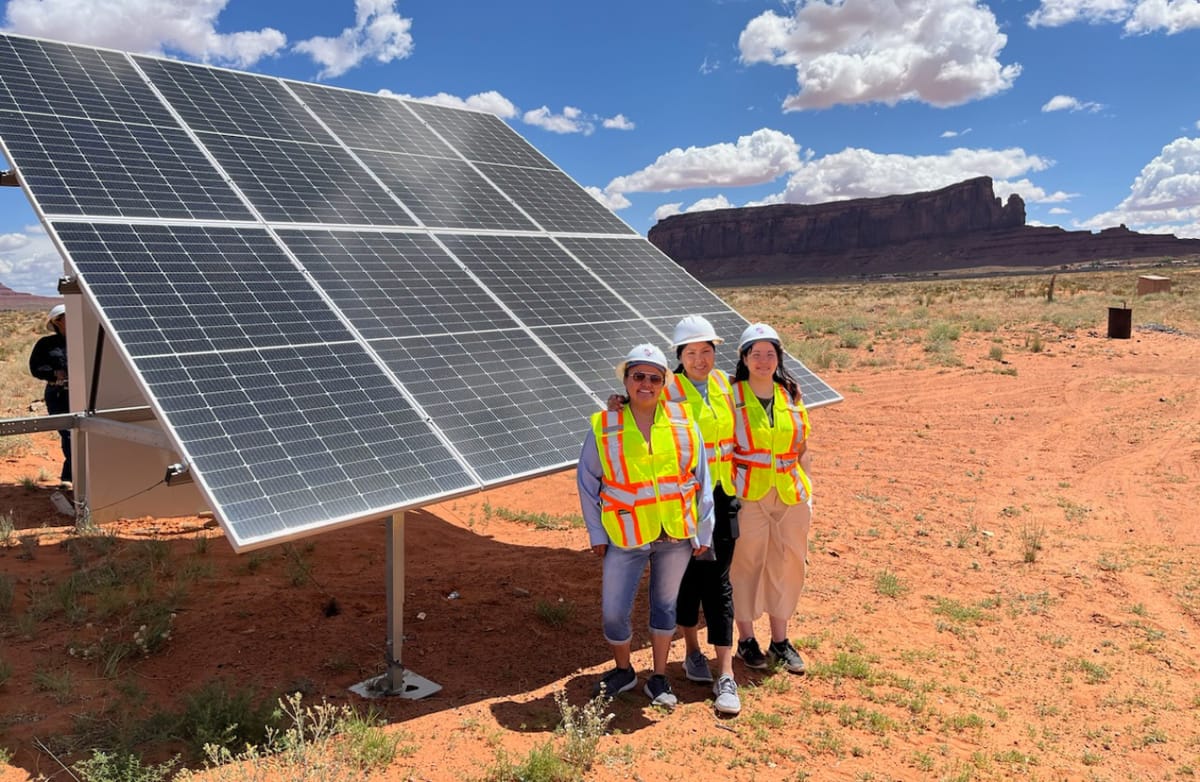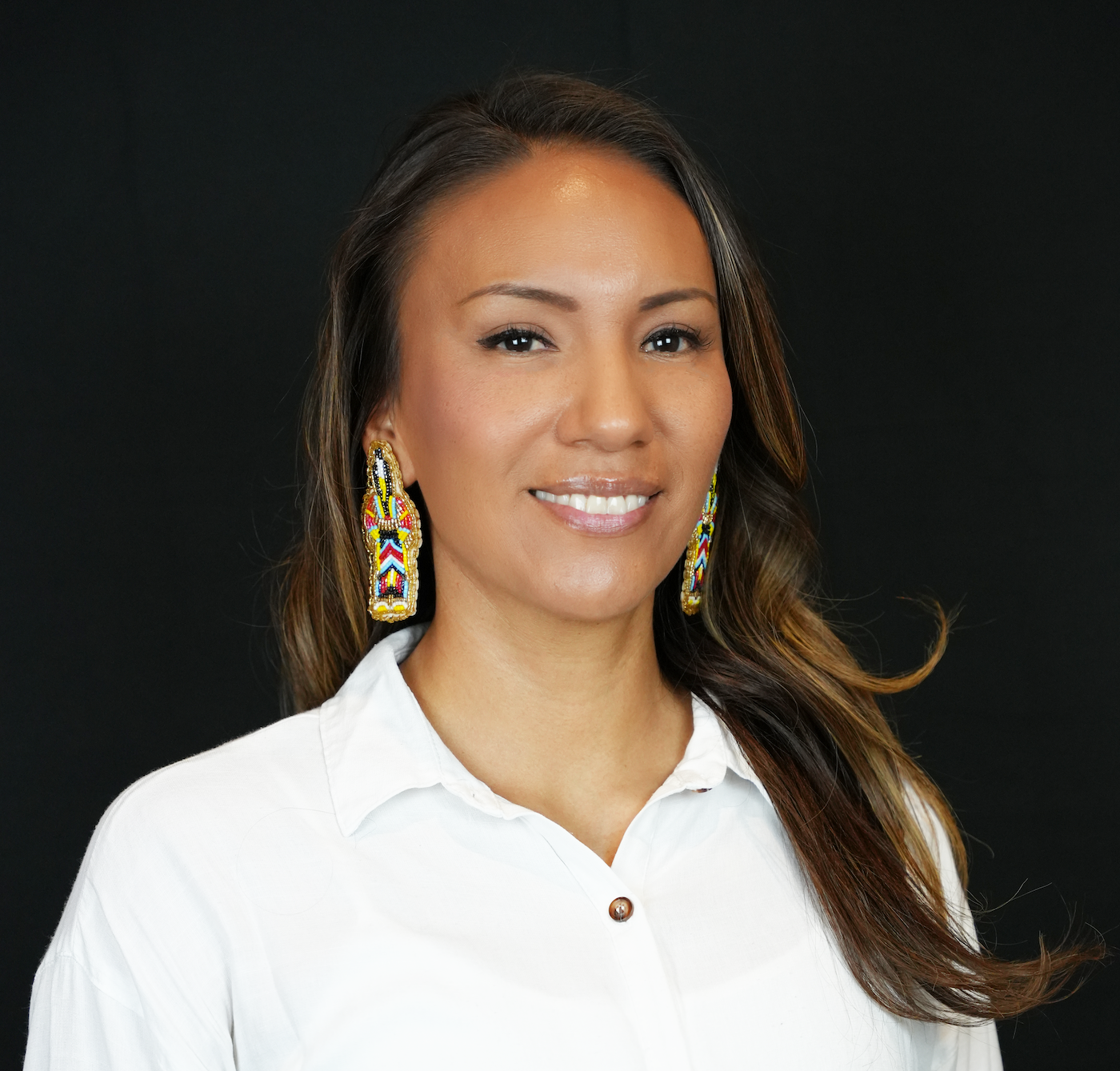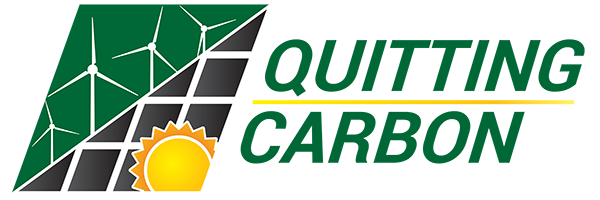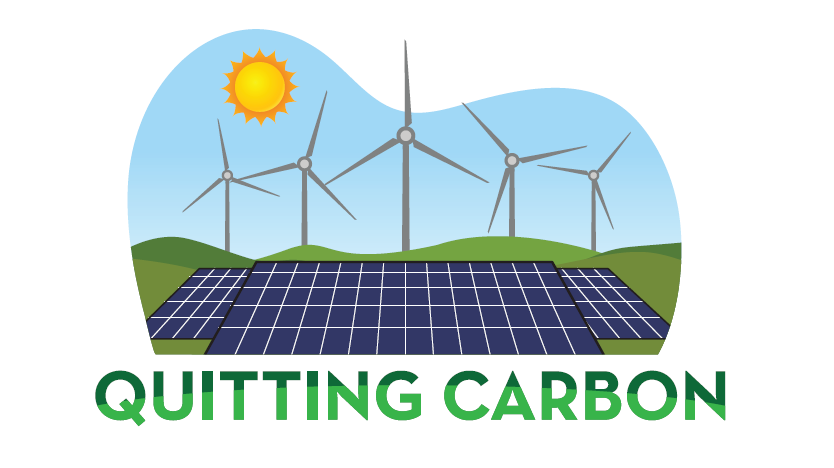The tribal-led push to build clean energy projects in Indian Country
In a conversation with Quitting Carbon, Tanksi Clairmont talks about the launch of Tribal Energy Alternatives and the organization’s plans to bring solar energy to tribes across the U.S.

Quitting Carbon is a 100% subscriber-funded publication. To support my work, please consider becoming a paid subscriber or making a one-time donation.
Tribal lands cover 2% of the United States but account for an estimated 5% of the country’s renewable energy resources.
A knotted tangle of bureaucracy, infrastructure, and tax impediments have held back tribes’ ability to harness the bountiful renewable energy potential on their lands.
Among the non-governmental organizations that have worked to empower tribes to build their own clean energy projects is the Oakland, California-based non-profit GRID Alternatives. GRID’s National Tribal Program dates to 2010, with the installation of its first tribal project in California.
Earlier this month, GRID announced it had spun off its tribal program as an independent entity called Tribal Energy Alternatives (TEA). The new organization is GRID’s first Native-led affiliate.
I recently spoke with Tanksi Clairmont, TEA’s co-executive director, about the launch of the new organization and its plans for the coming months.
Clairmont joined GRID Alternatives in 2019 to develop the Tribal Solar Accelerator Fund, a grant-making program launched with seed funding from the Wells Fargo Foundation. She is based in Bismarck, North Dakota, while the rest of the Tribal Energy Alternatives team is spread across a dozen states.
Clairmont noted that her organization will release a notice this week for tribes in six Western states to apply for funding made available under the Inflation Reduction Act’s (IRA) Solar for All (SFA) program.
“This is a really good opportunity for us to uplift and showcase exactly what Solar for All can do for tribes,” she told me.
This conversation has been edited for length and clarity.
Tell me about the decision to launch Tribal Energy Alternatives as a stand-alone initiative. Why was it time to spin the project off from GRID Alternatives?
Since 2010 we have supported or partnered and worked with up to 85 tribes. That includes a lot of tribes in California, because we do have a number of regional offices in that area, but also in the Plains area and in the Southwest.
There's been an increased demand from tribes requesting technical assistance. It looks different in different regions, but it's about planning and development of solar infrastructure. It's also meeting workforce development opportunities and needs, and the financial assistance that tribes often need to develop those smaller-scale projects that often get the community to buy into what this new technology can bring to the tribe.
We have a lot of really bright and talented native professionals that are leading a lot of our programmatic areas. We have tribal folks that are leading our workforce development. We have tribal installers that come from different communities. We have a tribal policy director. All our director positions are tribal folks. It was really important to us that we invest in these professionals that come from the communities we serve.
We already had a good framework at GRID to work as an independent affiliate office. There are affiliate offices in California, Colorado, and in Washington, D.C. We came up with a way that made sense for both programs, and being able to access more funding by being a tribal-led affiliate, by having a tribal board of directors. It's through that work that we're able to expand our services and perform our work through our own cultural experiences and lived experiences coming from these communities.

News organizations continue to report that tribes are unable to access grant funding authorized under the IRA because of the freeze ordered by the White House when President Trump took office. What are you hearing from tribes on the grant funding freeze and its impact on their energy projects, including those in the Solar for All program?
The Tribal Energy Alternatives federal program for Solar for All is called the Western Indigenous Network (WIN). We are the lead organization on it and administer our own SFA grant. Our grant is fully open and operational. It was frozen for a short period of time and has been opened back up.
We are under the impression from our policy experts and our legal counsel at GRID that things are looking really positive for the grant to remain funded through its original life cycle of five years. But of course, there's a lot of uncertainty, so we're just trying to keep the work moving, and continue the work plan activities as usual.
We're planning to release our pilot-based application to tribes on April 25. We've been preparing the last couple of months to develop a funding application to do a pilot project in the six-state region that our WIN-SFA grant covers. This is a really good opportunity for us to uplift and showcase exactly what Solar for All can do for tribes in this uncertain time that we're going through with the administration.
We know of multiple organizations who maybe were CCIA [Clean Communities Investment Accelerator] or NCIF [National Clean Investment Fund] awardees that got their grants cancelled. A lot of this funding was meant to build capacity and projects for tribes. We're aware that a lot of those organizations that receive that type of funding are having to shift their plans and so that will impact tribes. We're also aware there are some other federal agency grants, like Department of Energy Indian energy grants, which are in a freeze right now that are also impacting tribes.
But our Solar for All award and funding is open, so we're trying to really fast track a lot of this work, just to show that the need is still there – will always be there – for tribes that want to develop their own renewable energy infrastructure. Which, in turn, will reflect that energy resilience and energy sovereignty are important to tribes. We're in the process of ensuring that the funding gets out there, and tribes are aware of it.
We have really strong relationships due to the years that our National Tribal Program and Tribal Solar Accelerator Fund have been partnering and supporting tribes. Tribes that are already developing renewable energy at a faster pace than others are really good examples for replicable types of projects for tribes wanting to build their first project with Solar for All funds.
We have a good track record of working with tribal housing authorities. That is one of the most impactful ways that overall funding can be used.
We monitor policy or new orders that are coming out. We have a really robust policy team at GRID Alternatives. Within Tribal Energy Alternatives, we have our own policy director. We have a couple of coalition partners that have experts in the federal policy space, and so we lean into a lot of those folks to understand the current climate but that hasn't stopped a lot of our climate activities so far.
Speaking of the IRA, have the direct-pay provisions of the law made it easier to build clean energy projects on tribal lands?
That direct-pay provision was essential for tribes to be able to access the Investment Tax Credit (ITC). Without the direct-pay provision, tribes would be stuck without a mechanism to receive those benefits, because we don't have tax liability. It is crucial to funding projects and having access to capital for other energy-related efforts through our Western Indigenous Network-SFA work plan. The project pricing directly takes into account the use and the benefits of the ITC.
We plan on providing technical assistance to tribes that are applying for and receiving ITC funding through the direct-pay provisions. We have a lot of folks in our coalition network and our own staff who are dedicating a lot of time to make it as easy as possible for tribes to apply for that ITC.
When I first reported on tribal energy, starting almost 15 years ago, I often heard that barriers such as bureaucracy, lack of transmission, and tax disincentives were holding back clean energy projects on tribal lands. There have been attempts by the federal government since then to remove some of those hurdles – for example, President Obama established the Office of Indian Energy Policy and Programs at the Department of Energy. Has there been progress in overcoming these barriers?
That's a great question. Tribal-led energy organizations like ours are still thankful to the Obama administration for having the foresight to develop a new federal agency like the DOE Office of Indian Energy. It has always appointed a federally recognized tribal member to run that office and work with the tribes.
From building that type of office comes things like direct pay; that's a huge win for Indian Country. We're going to see more tribes taking advantage of financial incentives like that. And so, the Office of Indian Energy was a step in the right direction.
Some of the executive orders that are concerning now are around critical mineral development, drilling, and the coal industries that often harm tribal nations. Historically, Indian Country has had land with resources that different federal administrations want to access. Through the Office of Indian Energy, they're on the front lines of being able to be more protective of those resources, to consult with tribal nations. That's one huge benefit; that consultation piece is what tribes ask for.
What do lawmakers and policymakers still need to fix? Do you have suggestions to make it easier to build clean energy projects on tribal land?
We know that this administration is presenting several barriers to solar development. There's still a little bit of uncertainty about the Investor Tax Credit and the upcoming federal budget. So now, more than ever, state governments will have to be good partners to tribal nations. That's one, and this is mutually beneficial. Clean energy projects built on tribal land will help states in energy generation and their energy goals and in developing their renewable portfolio standards.
We still don't see enabling legislation for community solar in every state. That can impact tribes and the policies adopted by investor-owned utilities that are usually overseen by state public utility commissions. Those influence the whole ecosystem of electric service providers in a state.
Far too many tribal households either do not have reliable access to electricity or have no access to electricity at all. What must be done to achieve universal access to reliable clean electricity on tribal lands?
I wish there was a one-size type of solution to this, but I think it comes down to certain programs, let's say, like the DOE energy loan program, or other loan servicers, like CDFI [Community Development Financial Institutions Fund] or Native CDFI really seeing the value in investing in renewable energy. Of course, I want to talk about solar and developing large-scale solar systems with that very low-cost loan, so the tribe will be able to see and feel and reap the financial savings so they can pay off their loan and develop more energy with larger systems that are interconnected with homes across tribal land.
It's really about those savings and then flipping those savings again into developing additional renewable energy projects. You just keep stacking those benefits and those savings. That's how I see it is just being able to continue to develop these projects so that you can continue to save but then pay off those low-cost loans.
Continuing to develop that energy and those savings is where we're going to see at least some universal access to having electricity in your home. Of course, there's other electrification efforts that need to happen, too. But one tangible solution would just be to take advantage of low-cost loans and continue to develop projects, because you're saving more and more money for the tribe. If we develop larger projects for tribal housing authorities across Indian Country that would save millions of dollars.
What will TEA focus on in the coming months? Are there any new initiatives and projects my readers should know about?
Through our WIN-SFA program, we're going to be able to offer pilot project funding – again, that's opening up in a few days – that's going to be deploying some technical and financial assistance for residential projects. We anticipate that our staff is going to be engaging with tribes in Arizona, New Mexico, Nevada, Utah, Colorado, and California. In collaboration with tribes in these states, we expect to deploy about 250 solar systems, on 250 households. We're hoping to achieve a minimum 20% household energy savings.
We continue to offer a full implementation model of services. We have our own policy work, our own workforce development and educational training programs. We're looking to continue to enhance and strengthen a lot of our existing programs so that we can serve more tribal energy leaders.
We have a fellowship program. We have something called the Tribal Energy Associates program. All of these are created to meet the interest level, from very beginner, novice, to folks that are doing a lot of their energy planning in their own community.
We're also looking to work with a lot more tribal colleges this year, particularly in the Midwest through a different partnership with MTERA [Midwest Tribal Energy Resources Association]. We're going to be expanding in that area and developing some renewable energy curriculum based on our installation basics training. That's a certified curriculum that GRID has developed over the years, but through Tribal Energy Alternatives we offer it in a shorter, more condensed form, and you'll still receive those credentials.




